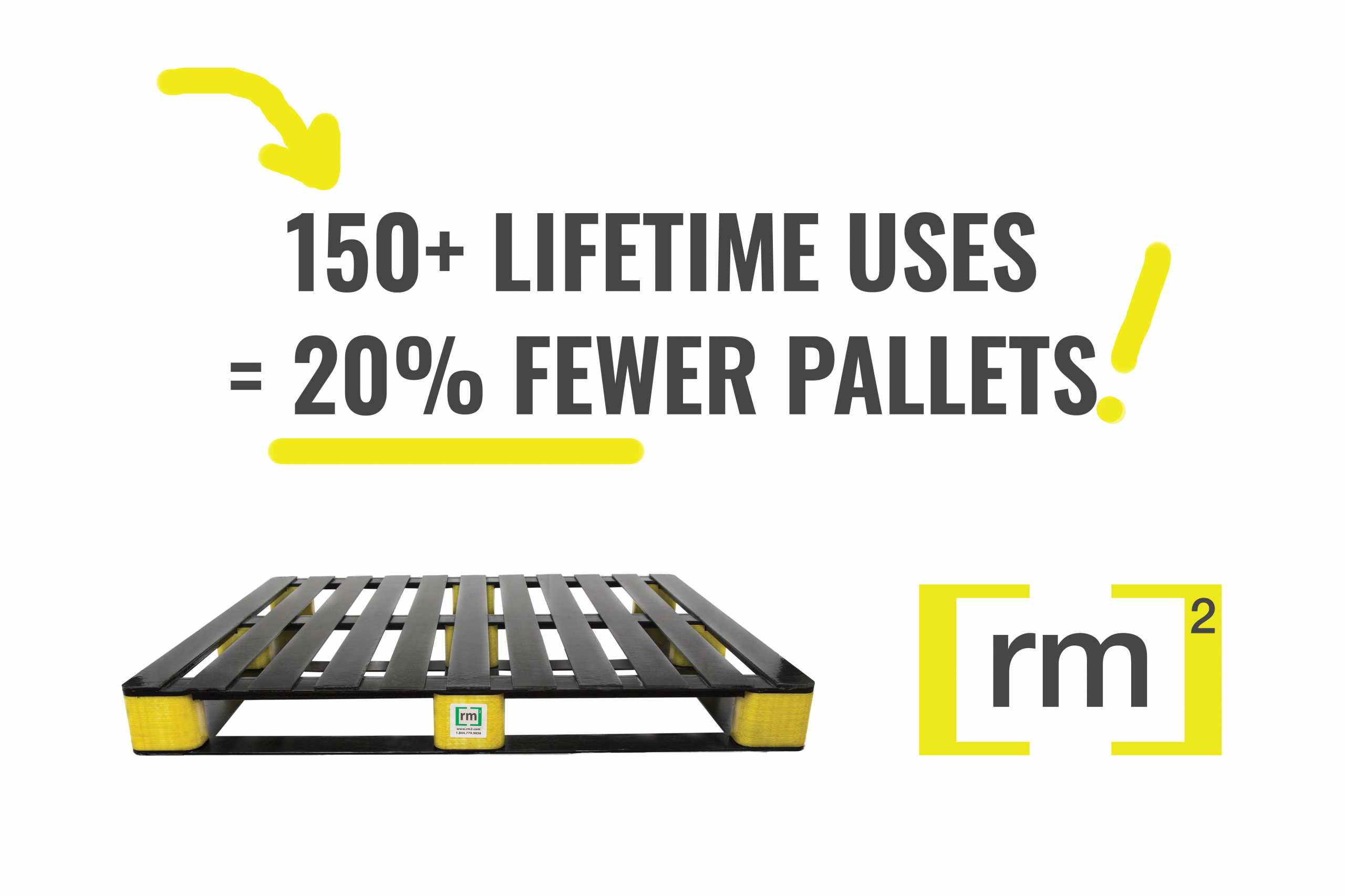There is a quote by Vladimir Lenin that captures the complete upheaval that occurred in global supply chains as a result of the 2020 COVID-19 pandemic:

“Nothing can happen for decades; then decades can happen in weeks.”
But in this case, seismic shifts seemed to occur in an instant. Entire supply chains were upended as manufacturing facilities temporarily closed due to employee illness; restaurant, food service, hospital, and education operations were reduced or shut down; and consumers made massive changes in their buying and consumption behaviors.
The Federal Reserve Bank of Kansas City, Kansas, released a report in July 2020 that succinctly captured the wholly unanticipated and painful issues that faced the protein/meat industry.
Alongside disruptions in meat production, rapid shifts in consumer demand shocked supply chains following the emergence of COVID-19. Household expenditures on food at grocery stores to be consumed at home typically are almost equal with expenditures on food consumed outside the home at restaurants. Following the emergence of COVID-19 in the United States, however, expenditures on food away from home declined sharply, and expenditures on food at home increased. In addition, starting in March, foot traffic at supermarkets increased, while activity at restaurants declined sharply. Foot traffic at supermarkets was roughly double that of restaurants through the first week of May (2020).
Europe faced similar disruptions in food supply chains as consumers followed government orders to social distance. New, opportunistic supply chains and food concepts like the Netherlands’ online, direct-to-consumer supermarket Crisp emerged, replacing broad-based, established supply chains with hyperlocal alternatives that while meeting new consumer demands, further disrupting traditional channels.
All of this is to say that the pain felt within supply chains was real, the challenges faced were unlike anything seen before and the need for reasoned responses was great. Smoothly oiled supply chain operations no longer met market demands thanks to shutdowns, production delays, shortages of goods, and attempts to pivot. As a result, managers were often in the dark as to where goods were in the supply chain, what condition they were in and when and sometimes if they would arrive.

This lack of data and real-time insights from supply chains strangled many businesses’ ability to operate let alone pivot to possible solutions. However, from a glass-half-full perspective, what the supply chain disruptions of 2020 also did was reveal systematic weaknesses and the need for strategic risk mitigation.
Mitigating Risk by Increasing the Availability of Actionable Data
A common theme facing throughout the height of the pandemic was a lack of live insight into supply chains, which made quick responses to disruptions nearly impossible. For example, without sufficient, real-time information as to where one’s products are and what condition they’re in, decisions are likely based on assumptions rather than data. And in rapidly changing scenarios where one must consider multiple alternatives, trade-offs, and scenarios, that’s just not good enough. Decision-makers need actionable data just at specific points, but across the supply chain.

The net effect of all of this is technologies that have slowly been finding their way into supply chains will find the path to acceptance and adoption accelerated. A survey shared by Foley and Lardner, LLP, last September found that nearly half of all respondents (47%) were considering new tools or applications that improve supply chain visibility and tracking, and 39% were looking to operational analytics to better track business metrics and indicators. This was especially true for larger companies. Almost across the board, the more employees a respondent’s company had, the more interested its leaders were in technology.
Foley and Lardner pointed to Procter & Gamble as an example of a company using various technologies to connect headquarters, manufacturing plants, distributors, and retailers in over 180 countries. Technology that facilitates data collection, insights, and analysis allows supply managers to access one source of data for tracking purposes, while real-time visibility reduces inventory and underutilization across the chain.
So what technologies should companies, particularly those in industry sectors with products that are hygiene-sensitive, fast-moving, and perishable, be looking to implement to gain meaningful, real-time insights from their supply chains? In some cases, the answer may be found in unexpected places such as IoT-enabled pallets.
High-Tech, IoT Pallets: the New Game Changer
IoT, short for the Internet of Things, refers to the connection of devices to the Internet and each other. Each IoT component has a unique identifier that allows it to transmit data without the assistance of human intervention. While the term may be new to some, the technology has become ubiquitous. Tech Jury and others like Security Today report that 35 billion IoT devices will be installed worldwide by the end of 2021. Market analysis on the IoT conducted by Machine Research predicts that the IoT market will be worth $4 trillion in just four years. And thanks to innovators like RM2, which includes sensor-equipped pallets that leverage the cloud and the Internet to being previously unimagined real-time insights to supply chains.
As a back story, RM2 has invested more than US $60 million in R&D to enable a “smart pallet” revolution, understanding just how critical this information is to supply chain managers even in ideal conditions let alone unforeseen disruptions like global pandemics. What RM2 has done is embed autonomous IoT sensor technology into its logistically-optimized, hygienic composite pallets called BLOCKPal™. Data generated by these sensors are transmitted to the cloud via the LTE-M network, making visible the pallet’s location and condition both indoors and in transit without requiring users to purchase or maintain any additional hardware or IT development.
RM2’s solution also includes a cloud-based supply chain intelligence platform, dubbed RM2 ELIoT®, that captures and contextualizes the location of the pallet and the products it’s carrying, environmental temperature, shock, and event data, giving customers end-to-end supply chain visibility and clear, actionable insights in real-time. Suffice it to say, this is a game-changer for those previously without such knowledge once products leave the manufacturing or distribution facility.
What’s interesting is that one of the initial drivers for developing IoT-connected pallets was to reduce pallet loss and replacement costs of long-lasting plastic and composite pallets. However, what RM2 has achieved with BLOCKPal™ pallets is a sensor-enabled smart device that collects and processes more data and thus provides more insights than more widely used RFID technology. Additionally, RM2’s IoT solution is seamless and intuitive and does not require users to install special software and invest hours in training which is status quo with RFID solutions.
Put another way, the differences between a regular plastic or wood pallet and RM2’s IoT-enabled BLOCKPal are comparable to the differences between flip phones and smartphones: one is utilitarian and the other is a high-value add at every step of the journey. And when you’re moving hygiene-critical and temperature-sensitive products like pharmaceuticals, meat, and prepared foods across complicated supply chains, which would you rather use?
Such technology does represent an investment, a fact RM2 considered when selecting the material for its pallets, a high-performing composite material. Because of this, RM2’s smart pallets have a useful, insightful, data-generating life of more than 150 trips—more than 500% longer than the best-case assumptions for pooled wood pallets and over 50% longer than pooled plastic pallets. Both RM2 pallets and the sensors have a ten-year use life.
How Are You Preparing for the Next Supply Chain Disruption?
“A year ago, who would have imagined the depth of disruption and destruction one virus could cause to the world’s supply chains? The takeaway for all of us is there is no business as usual. Company leadership teams have a new urgency to adopt and leverage technologies that enable previously invisible insights in order to adapt and make mission-critical decisions based on fact and not on second-hand knowledge. RM2 is excited our IoT-powered pallets and cloud-based supply chain intelligence platform bring those ground-level insights supply chain managers need to run their operations smoothly through disruptions large and small,” says RM2’s Jim Bedford.
Interest in supply chain technology that can mitigate risk and minimize the impact of disruptions is high. Some of the best solutions are foundational such as RM2’s BLOCKPal pallets and our cloud-based supply chain intelligence platform, RM2 ELIoT. We have a carefully maintained pool of hygienic, cold chain optimized IoT pallets available through a U.S.-based network of over 30 service facilities. To learn more about how to put these IoT-enabled pallets to work and elevate your risk mitigation strategy before the next disruption, connect with RM2.


